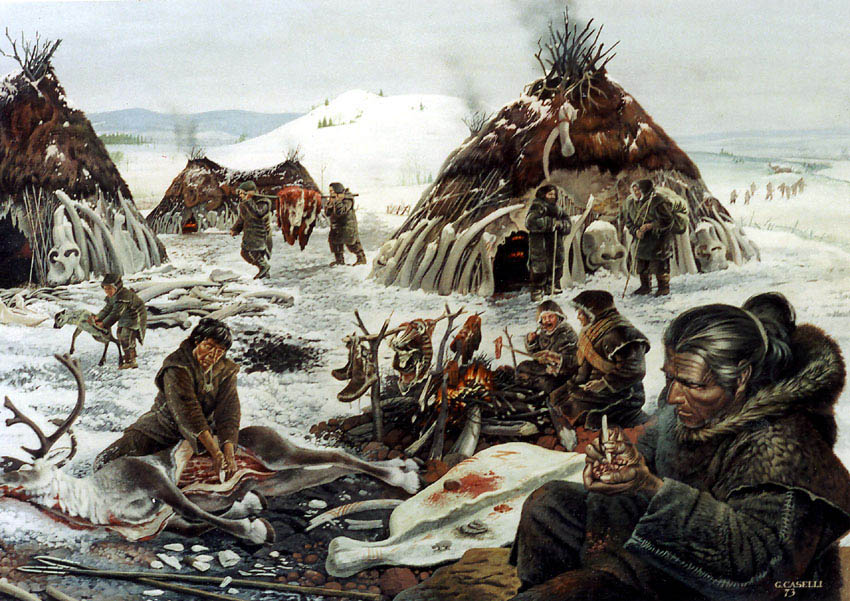Originally posted by Johnserrat
2) The issue was not of a time frame or cultural change ('Neolithic') but of a geographical genetic source--namely, the Balkans and Middle East. Since Spencer Wells' new book has now been officially released I can now feel free to quote the jaw-dropping statement in chapter 4 of the version I have (that was precirculated to publishers):
---
At the moment it appears that most mtDNA diversity in Europe came from the Middle East, while the large R1a and R1b clans on the male side have an ultimate origin in Central Asia. Reconciling these stories is one of the goals of the Genographic Project.
---
In the precirculated version, this was on page 102, in the section titled Deeper Still. I cannot purchase the final version since I put in on my Christmas list.












Comment